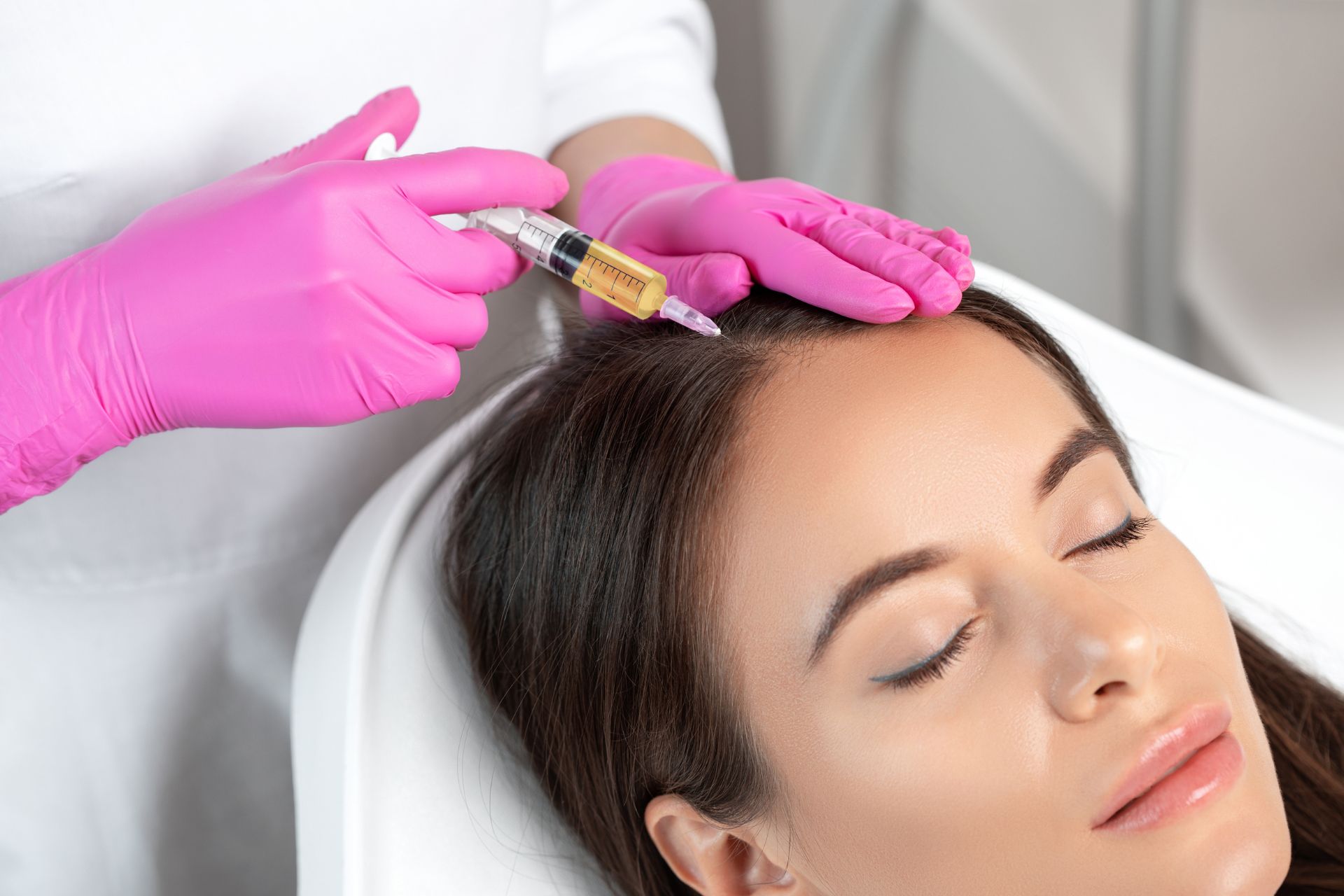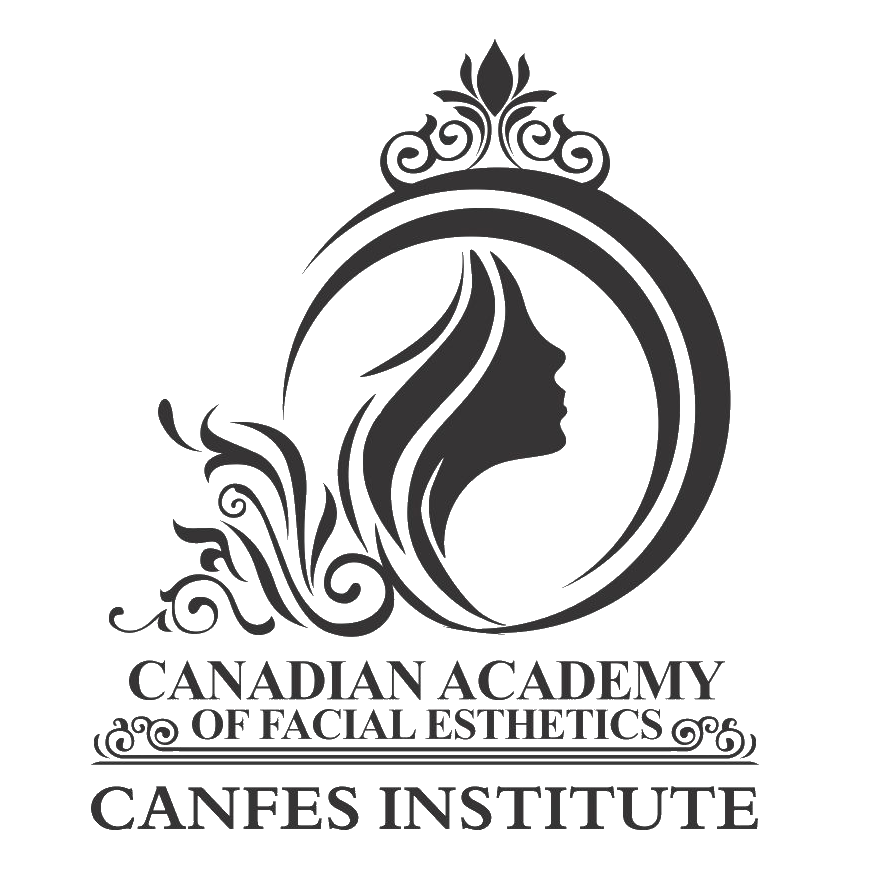Platelet-Rich-Plasma (PRP)
What does PRP do?
Platelet Rich Plasma (PRP) is a revolutionary form of medical treatment that has gained immense popularity in recent years. It involves taking a patient’s own blood, spinning it in a centrifuge to isolate the platelets, and then injecting the concentrated platelets into areas requiring treatment. The concentrated platelets contain growth factors that promote healing, reduce inflammation, and improve the function of damaged tissues.
PRP is most commonly used in orthopedic procedures, but it is also used in a variety of other medical treatments. In orthopedics, PRP has been used to treat a variety of conditions such as tennis elbow, rotator cuff tears, tendonitis, ligament tears, and plantar fasciitis. It has also been used to treat osteoarthritis, as well as other musculoskeletal conditions.
In addition to orthopedic applications, PRP has also been used in cosmetic procedures. It is commonly used to reduce wrinkles and improve the skin’s overall texture. It is also used to promote hair growth and treat alopecia.
The procedure for PRP is relatively simple. First, a sample of blood is taken from the patient and spun in a centrifuge to isolate the platelets. Once the platelets have been isolated, they are then injected into the area requiring treatment.
The benefits of PRP are numerous. It is a safe and effective way to promote tissue healing and regeneration, reduce inflammation and pain, and improve tissue function. In addition, since the patient’s own blood is used for the procedure, there is no risk of allergic reactions or other complications.
Overall, PRP is a revolutionary form of medical treatment that has numerous potential applications. From orthopedic procedures to cosmetic treatments, PRP has been used to treat a variety of conditions. It is a safe and effective way to promote tissue healing and regeneration, reduce inflammation and pain, and improve tissue function.

Frequently Asked Questions
PRP is a safe and effective way to promote tissue healing and regeneration, reduce inflammation and pain, and improve tissue function. In addition, since the patient’s own blood is used for the procedure, there is no risk of allergic reactions or other complications.
The effects of PRP can last anywhere from a few months to several years, depending on the condition being treated.
PRP injections can be slightly uncomfortable, but the procedure is generally considered to be tolerable.
One may experience some soreness, swelling, and bruising at the injection site. These symptoms should fade away within a few days.

